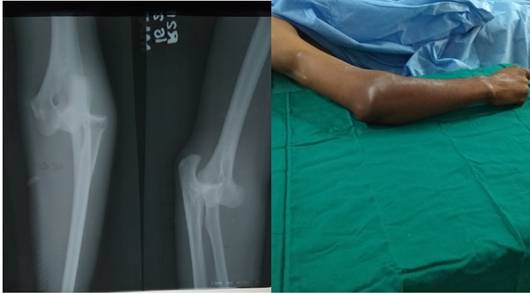Dislocations
Published (updated: ).

A dislocation occurs when two bones separate at their joint. The injury is extremely painful and can be difficult to distinguish between a fracture sometimes. A dislocation will need to be immobilized in the position found due to the fact that the dislocation generally locks the extremity in whatever position the medics find it. Sometimes a dislocation can be hard to spot due to the fact that there is often no deformity. The following are findings the medics can expect to see when treating a patient with a dislocated extremity:
- Deformity or angulation
- Pain and tenderness
- Grating
- Swelling
- Bruising
- Exposed bone ends
- Joint locked in position
- Impaired function or circulation

The treatment will be immobilizing the extremity in the position found. Sometimes the medics will be unable to figure out a way to splint a dislocation (sometimes dislocations produce extremities that are locked in unnatural positions). In such cases, the medics should manually stabilize the extremity by using another rescuer to hold it in place and keep it from moving. In all cases of splinting or stabilizing, the medics should ensure the patient continues to have distal pulse, motor, and sensory function intact before and after stabilization and/or splinting.
Additional measures that can be performed is elevating the extremity and applying ice. If possible, have a paramedic administer a narcotic to control the patient’s pain prior to splinting.
